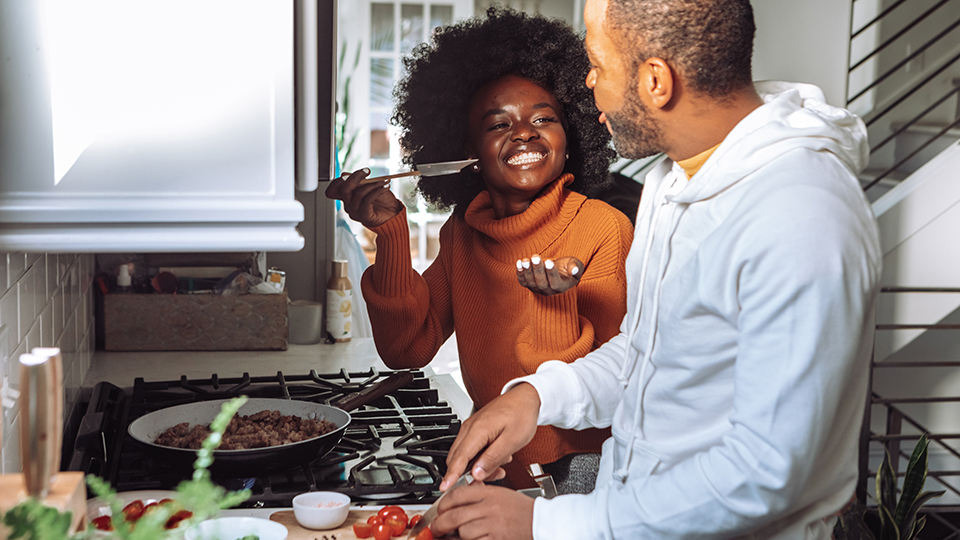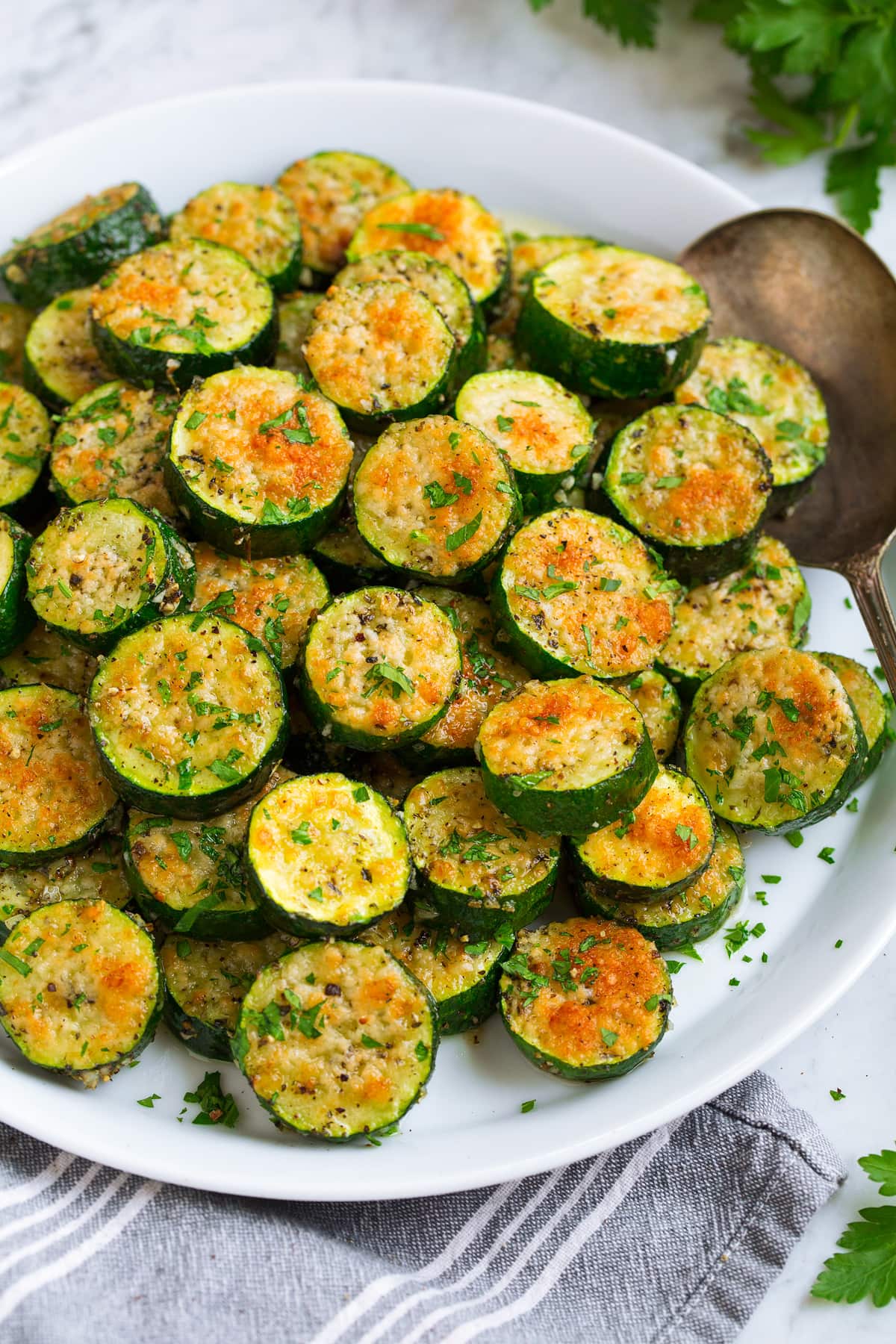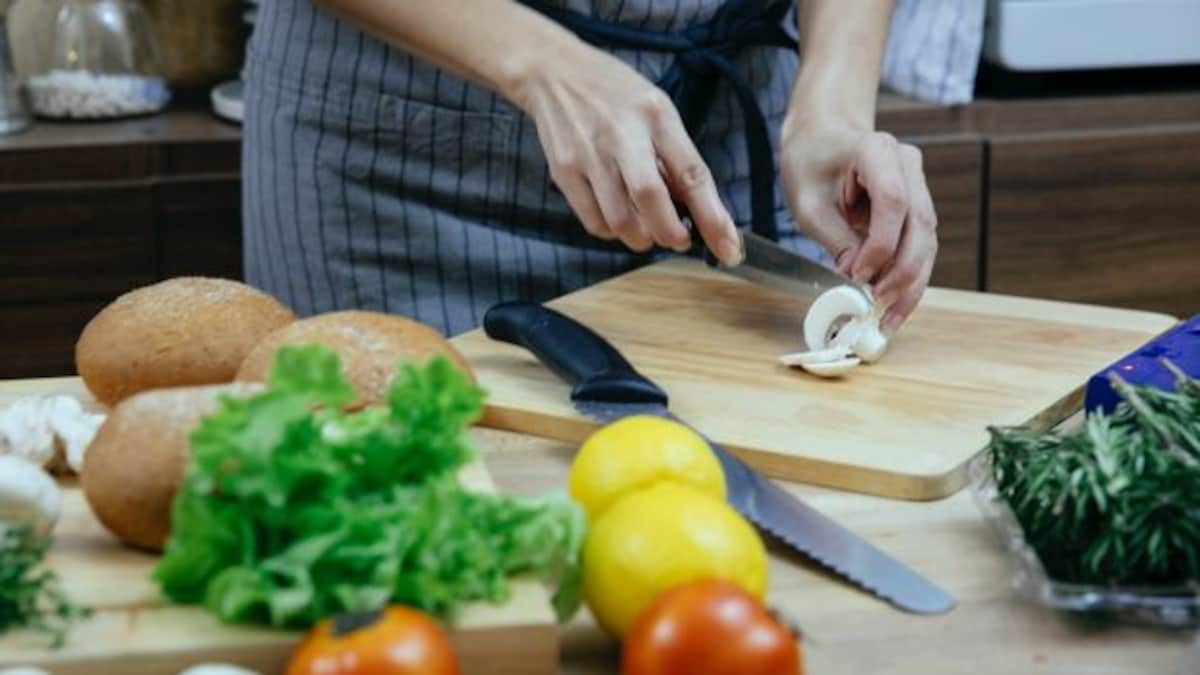
It is important to identify the main causes of cast iron skillet warping. These are Thermal expansion, Sharp flash, or re-seasoning. These problems can be avoided by reading this article. These are easy ways to prevent your skillet from warping. Here are some common causes. You may also want to read this article on Sharp flash or Re-seasoning.
Thermal expansion
Cast iron can warp due to temperature fluctuations. The center of the cast iron expands when the temperature changes quickly, whereas the outer layer doesn't. Cast iron can also warp or break if it is exposed to cold water. This is called thermal shock. There are preventative steps you can take to avoid this, like heating the cast iron pan carefully before using it.
Cooking with high heat requires that your meat be kept at room temperature before being placed in the pan. This will reduce the temperature differences between the meat & the pan. Another cause of warping is mismatched pan sizes. For example, if you place a large pan on a small burner, only the center is in contact with the heat, the central area will expand faster than the rest of the pan.

Sharp flash
This problem is most likely to have occurred to cast iron cookware. Rapid temperature changes cause sharp flashes. The hot center of a pan expands while the cool center doesn't. This causes iron to warp, and puts stress on it. Most flashes are removed during the finishing stage. Some can stay inside the handle. It is important to keep in mind that flashing does not affect cooking or handling and is not indicative of poor quality.
When cast iron cookware begins to warp, it can be detected by looking for the shape of the pan. This is usually visible on the bottom. It is more likely to occur in long and flat castings. To avoid this, find a curving shape at the thickest part the wall. Warped pans often cause liquid to pool in the middle and uneven cooking. If you notice any of these signs, try placing the pan on a flat surface. If it's warped, it's a sign of a warped pan, but may still be usable on a gas stove burner or in the oven. The item's collectible value will be decreased if it has too much warp.
Re-seasoning
For a quick and simple way to season your cast-iron skillet quickly, place some ice cubes and pour a little cold water on top. Ice will flatten warped areas. The water will also cool them down. The temperature differences between the water temperature and the cast iron pan are what causes warping.

Cast-iron can be re-seasoned to make it stronger and more resistant to warping. This will prevent your pans rusting as they are less susceptible to rust than unseasoned cast iron. Preheat your pan to 200°F. Once heated, you should see a small amount of oil pooled in the low areas. When the oil has accumulated in the lower areas, heat the pan at 450°F for an hour. Once it is done, remove the skillet from the oven and coat with oil again. Once again, bake for one hour at 450 degrees F.
FAQ
What should a beginner cook first?
Start cooking something simple, such as pasta, rice, soup. A recipe book or a YouTube video can help you learn how to cook. Cooking can be fun when done with a partner. Enjoy cooking with your family, friends, or both.
What are the health benefits of slow cooking?
Slow cookers allow you to make delicious meals with minimal effort. Slow cooker recipes require less oil or fat than traditional recipes, making them healthier. Also, slow cooker recipes are easy to use because they do all the work while you sleep.
What is the average time it takes to become a chef? What Is the Average Career Path?
It takes five years to become a chef. This time you'll learn the basics of cooking and work as a cook assistant. When you finish your training, you can apply for positions as a line cook, sous chef, or executive chef. A chef can earn between $25,000 and $60,000 annually.
How much does a culinary school cost?
Prices for Culinary School vary depending upon where you go, what program you select, and how long you stay there. The average tuition cost is $10,000-$30,000 annually. Most students graduate with approximately $20,000 in debt. There are programs that offer work-study and scholarships.
What are the Qualifications to be a Chef
To become a chef, you must have a bachelor's degree in culinary arts. A number of ACF tests will be required. You will be issued a certificate once you meet all the requirements.
Statistics
- The median pay for a chef or head cook is $53,380 per year or $25.66/hour, according to the U.S. Bureau of Labor Statistics (BLS). (learnhowtobecome.org)
- On average, chefs earn $58,740 a year, according to the BLS. - learnhowtobecome.org
- You'll be amazed that over 90% of CIA students receive scholarships and grants to finish their culinary studies. (ischoolconnect.com)
External Links
How To
How to make a perfect Omelette
Omelets are one of my favorite foods to eat at breakfast. But how do they turn out so perfectly? There are many recipes and methods I tried, but none worked. So I wanted to share some tips and tricks so that you can make delicious, fluffy omelets every morn.
Before we start making omelets, let's remember that eggs are temperamental. The eggs must be fresh from an organic source and kept at room temperature until they are ready to be cooked. If you don't keep them cold enough, the whites won't form properly, and the yolks will break down too much and become runny. This will make your omelets appear strangely colored. If you intend to cook your eggs immediately, it's best to use room-temperature egg.
You can also separate the egg before you add it to the pan. You don't want any white to get mixed up with the yolk because this could cause the omelet to curdle.
You could end up burning the bottom half of the egg if the egg is added directly to the heat source. Instead, heat the egg in a microwave for 10 seconds and then place it in a pan. The microwave heat cooks your egg just right, without it becoming too soft.
Next, let's talk about mixing the eggs. Mix eggs well together. To do this, take the bowl from the mixer and flip it upside-down. Then shake the bowl vigorously. By doing this, the egg is thoroughly mixed with the air in the bowl.
Now comes the fun part - pouring the milk into the mixture. The first step is to pour half of the milk in the beaten eggs. Next, fold the eggs into the remaining milk. You don't need to worry if streaks remain. They will disappear once you flip your omelet.
After you have done folding the eggs, heat the pan on medium heat. The oil will start to smoke. Once the oil starts getting hot, add 1/4 cup of butter to the pan and swirl it around to coat the entire surface of the pan. Carefully open the pan's lid and add salt to the pan. A pinch of salt will help prevent the omelet from sticking to the pan.
Once the omelet forms, cover the pan again. Let the top side set completely. Flip the omelet upside down or with a spatula. Cook the other half for another minute. Serve immediately after removing the omelet from its pan.
This recipe works best when you use whole milk.